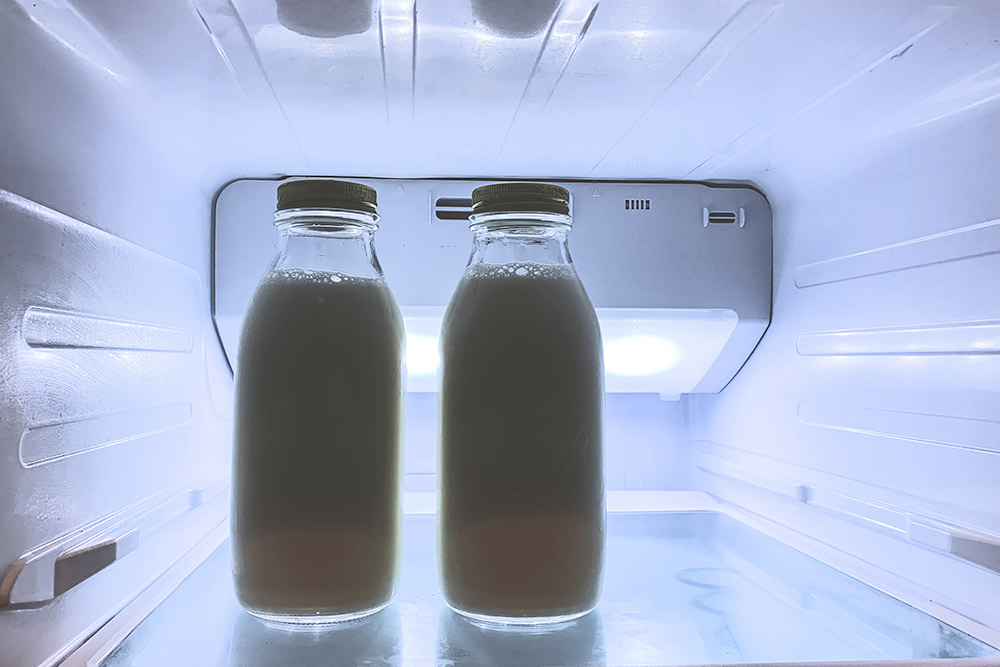
Kitchen Smarts: Keep Your Cool!
Simple steps to help reduce the risk of illness and waste in your kitchen.
The importance of food preservation and proper storage has long been understood by people around the world, utilizing techniques such as salting, pickling, and smoking to great effect for thousands of years. Reduction of spoilage and foodborne illness, and enhancement of shelf life and flavor, stood as driving forces behind the continuous exploration to improve how we preserve and store our foods. From underground ice cellars in 7th century BC China, to ice trading across Europe and the Americas, refrigeration grew to become the new standard in proper food preservation (1).
Spoilage not only wastes food itself and money spent on food, but it also wastes time and energy put into food production. It is of interest to food producers and dining establishments to create procedures to systemize monitoring, documenting, and enforcing of food safety rules in their establishments. The “Temperature Danger Zone” as defined by the United Stated Department of Agriculture (USDA), is between 40?-140?F. It is within this range bacteria grow most readily, expediting food spoilage and increasing risk of foodborne illness. In our last article, we discussed tips d to help ensure hot foods stay hot and out of the danger zone above 140?F. This week, we’ll focus on the other end of the spectrum, keeping cold foods cold (<40F/4C). To help minimize the time food spends in the danger zone and therefore bacterial contamination risk, consider adding the following tips to your procedure checklist:
- Ensure perishable foods remain chilled until service time.
- Pull food from the refrigerator as close to service times as possible.
- Do not thaw foods by leaving out at room temperature. Instead thaw in the refrigerator.
- Store milk and other beverages in the freezer for an hour before service.
- Chill ingredients and products prior to preparation to maintain temperature.
- For example: Store unopened mayonnaise and canned tuna in the refrigerator so they are already cold when tuna salad is prepared.
- Portion prepared recipes into smaller pans when refrigerated so they chill quicker.
- Pull portioned food pans from the refrigerator only as needed so that temperatures are maintained throughout service.
What do you think? Do you have something to add to the conversation? Post in the comments, we’d like to know!
Krasner-Khait, Barbara. “The Impact of Refrigeration.” History Magazine. Feb/March. Accessed online. September 2019.

 HOME
HOME